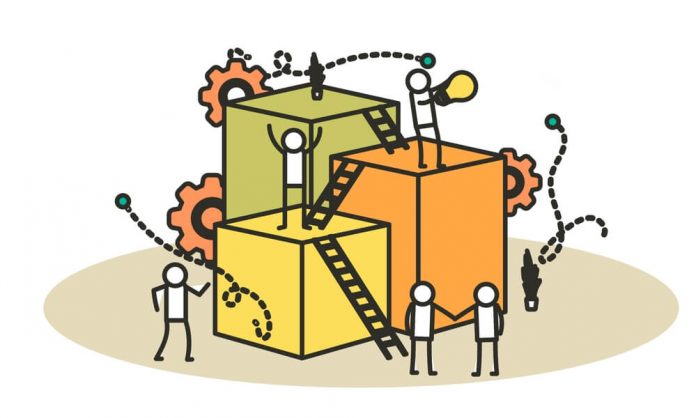
With the world experiencing so many changes, those of us in business need to continually think about our human capital and the importance of building leadership qualities in our staffs so our organizations are always prepared to take on whatever challenges those changes bring.
But just how do you go about growing leaders? It’s a question I get asked more frequently now that I have a company that focuses on workforce and leadership skills.
Let’s start with what you don’t do, which is put people in an environment where they are boxed into performing a defined set of tasks without the ability to provide any input about those tasks. That is stifling for them and not healthy for your company.
As a corporate leader, you need to provide a culture that promotes the development and showcasing of leadership skills. And perhaps more importantly, you must inspire your employees to cooperate and engage rather than just follow your directives.
The good news on the future leadership front is that younger generations, particularly Gen Zers, want to learn. They want to grow in their positions. They also want to know how their talents and work fit into the whole. They want to see that their individual contributions of time and talent are having a direct, positive impact. As a bonus, when you provide them the types of opportunities they seek, retention becomes less of a problem.
Qualities of a Good Leader
But just what qualities make for a good leader—or potential leader? Leaders who grow organically from within an organization tend to have the following characteristics:
- They know the organization’s mission and work toward it.
- They understand how to work within the organization effectively.
- They have a network of others to draw from, which has the impact of expanding their influence and knowledge base.
- They have a positive mindset.
- They are willing to share their victories rather than take credit for them.
Creating the Corporate Culture to Grow Those Leaders
So here is the challenge: If you want to develop leaders within your organization, then you must create a corporate culture that allows for those leaders to emerge and provides them the opportunity to grow their leadership skills.
Here’s how to get started doing that:
- Make sure everyone knows the corporate mission. If you don’t have a mission statement, it’s time to create one. It’s difficult to build a cohesive workforce that is working for a common goal if no one can state what that mission or goal is. Your entire staff should be knowledgeable about the corporate mission and on board with it. You also must make sure the staff understands the corporate organization and how it works. That way, everyone sees how their efforts fit into and benefit the whole.
- Foster collaboration and professional growth. Start by promoting a sense of caring and gratitude within the organization. President Theodore Roosevelt said: “People don’t care how much you know until they know how much you care.” Care about quality. Care about the individual. Share successes across your workforce. Recognize when individuals have gone above and beyond, or when a team has come together and achieved something special. Encourage others in the organization to show gratitude within their teams, as well. Someone who was called on to help out is more apt to help again in the future if their actions are recognized. Remember, employees who feel their contributions are appreciated tend to be more engaged than those who feel underappreciated. And they also will learn firsthand how important gratitude and caring are in fostering a strong workplace culture.
- Encourage the sharing of ideas. Everyone should feel welcome to share their ideas without fear of ridicule. Hearing ideas is not a commitment on your part to take action on them, but in a culture where ideas are shared, alternate perspectives often provide for better products and processes. Consider developing active listening skills in your workforce. The buy-in you get from allowing a team to come up with or participate in developing a solution rather than being given a solution and told to get it done will more than make up for the little time it takes to make sure everyone has the opportunity to be heard.
- Find leadership role models. Have your employees identify influencers both inside and outside your organization who reflect the characteristics or skills of strong leaders that your employees want to grow in themselves. This should be followed by opportunities to emulate those characteristics. This is one area where copying should be strongly encouraged.
- Recognize that your existing leadership team’s attitude influences your workforce. Energy is contagious. Coach your team leaders to pay attention to the energy they carry into a room. Your workforce looks to their leads for direction, and the energy they bring is one component of the direction that will be taken away. Someone who has a “can-do” attitude will pull their team up. Someone who has a “can’t-do” attitude will drag the team down.
Leadership skills can be learned and the best way to learn them is firsthand. That’s why you must provide an environment that is conducive to empowering your workforce so they will develop the skills that will take them to the next level in their careers—and in the process take your company to the next level, as well.


